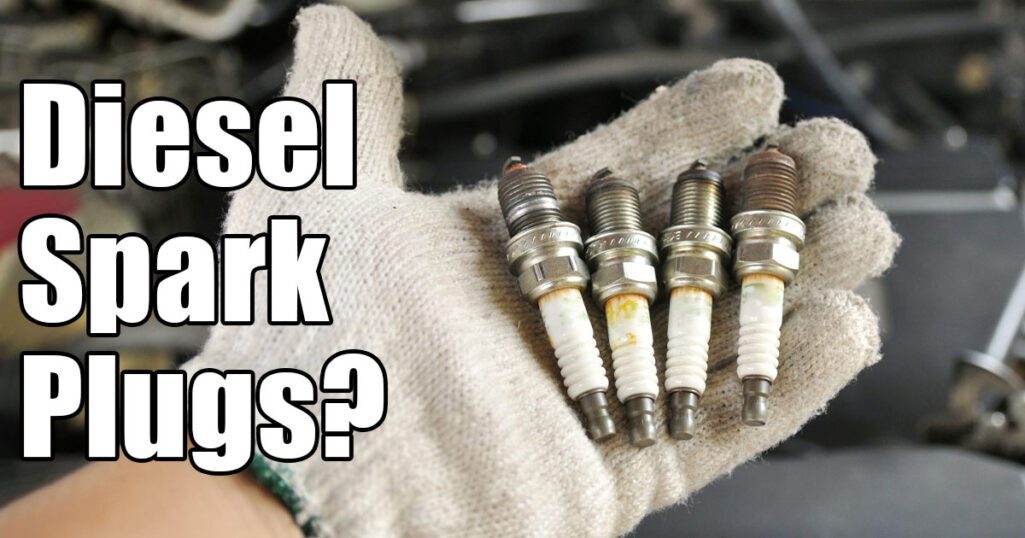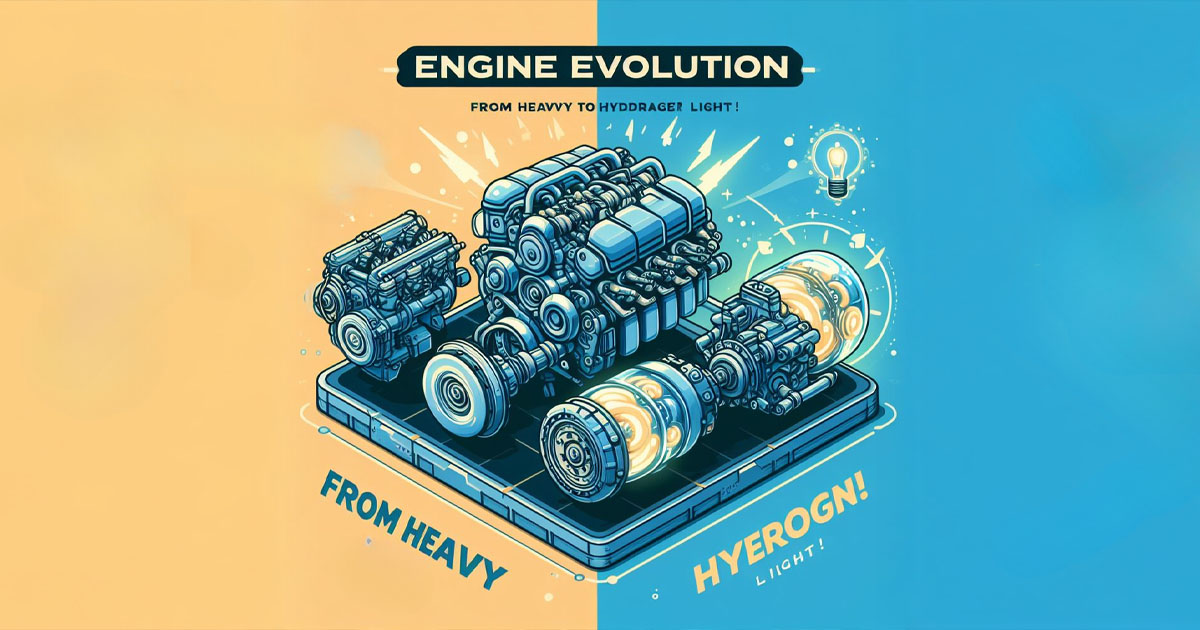
We’ve all heard the expression, “there’s no replacement for displacement.” When an engine is able to displace a greater volume of air, it burns more fuel, which means greater power production.
This is why turbos and nitrous oxide have become so popular. Both increase the amount of oxygen available in the combustion chamber, allowing more fuel to be burnt. Displacement follows the same rule.

It is possible to increase an engine’s displacement by increasing the number of cylinders, increasing its bore size, or increasing its stroke. An entirely different engine block is required to reach the first choice; therefore, bore and stroke are the only easy options available.
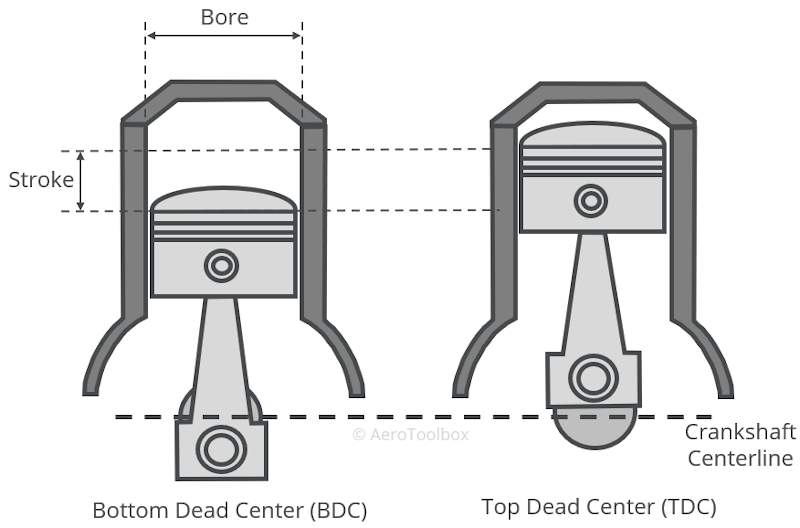
But what about the rod length? Doesn’t it alter the engine’s displacement? How could the connecting rod length affect the engine’s performance? And what does a rod ratio means?
What is Rod Length?
The length of a connecting rod is the measurement from the crankshaft journal bore to the piston pin bore. It can be measured in either inches or millimeters.
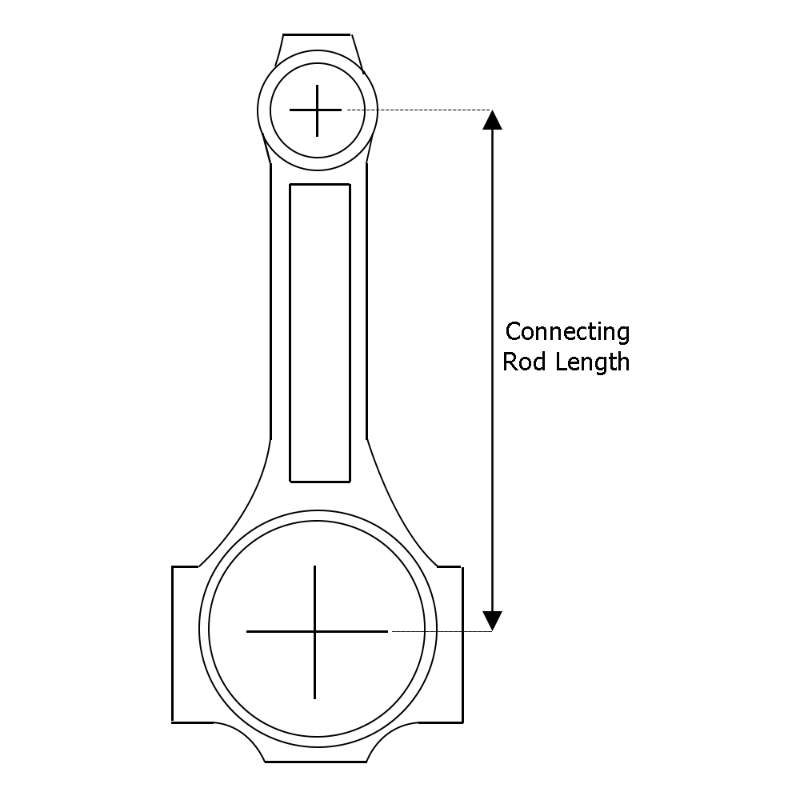
Changing the rod length will affect the Rod Ratio but will never affect the engine’s displacement. A common misconception is that rod length influences displacement, which is not true. An engine’s displacement is determined by its cylinder bore and crankshaft stroke, not by any other factors.
What is Rod Ratio?
Rod ratio is the distance a rod deviates from an imagined straight line stretching from the center of a crankshaft journal to the center of a piston, which is critical to understanding how high-rpm engines produce power.
The rod ratio is also known as the rod-to-stroke ratio, and that name describes it all. If you want to know an engine’s rod-to-stroke ratio, you should divide connecting rod length by the stroke (which is the distance the piston travels within the cylinder). The Honda B18C1 inline-4, for example, has 138mm rods and an 87.2mm stroke for a ratio of 1.58:1.
Influence of Rod Ratio on Engine
Many engine builders aim for a rod ratio between 1.5:1 to 1.8:1 when creating a streetcar, with 1.75:1 being regarded as optimum in all cases. For the most advanced four-stroke engines in the world, such as Formula One and motorbike engines, the rod ratios are greater than 2:1.
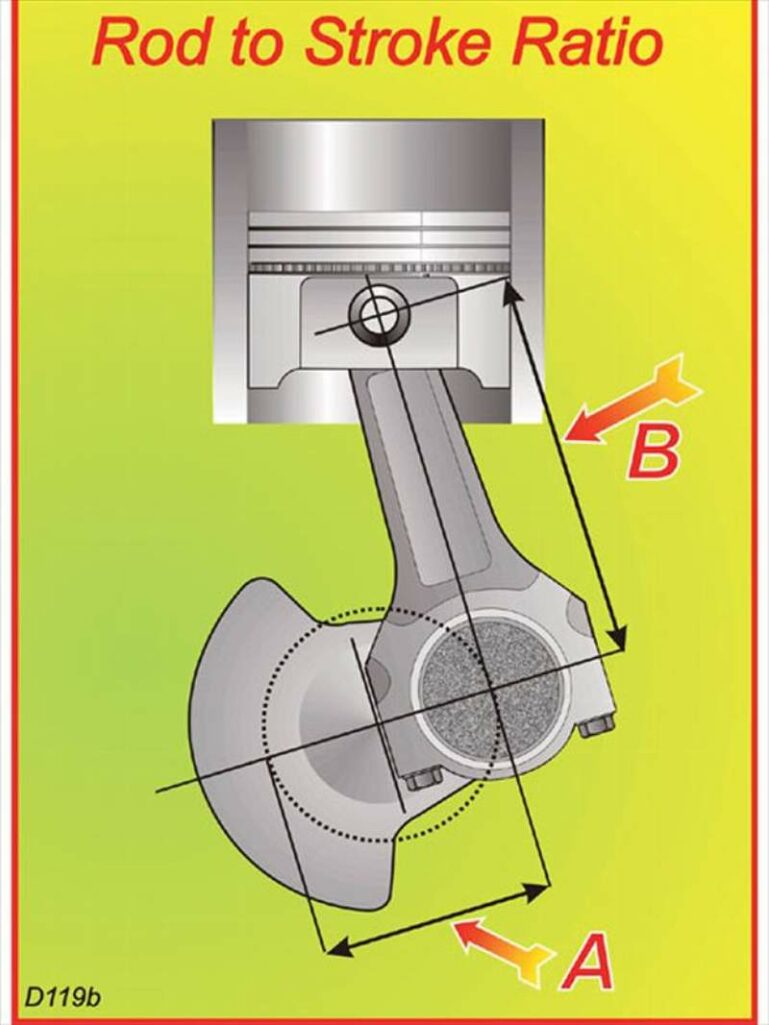
The rod ratio influences a number of engine characteristics, including piston speed and acceleration, dwell time at the top dead center (TDC) and bottom dead center (BDC), side loads on the piston, cylinder loading, and bearing loads. Engine aspiration, combustion, and wear are all affected by these mentioned factors.
Rod Length & Engine Performance
Short Rod Length Pros

Since the piston with a short rod moves faster from the TDC at low RPMs, it creates more vacuum and thus increases air intake velocity. This leads to better combustion and higher torque (at low RPMs).
Shorter Rods also means we will have a more compact engine overall.
Short Rod Length Cons
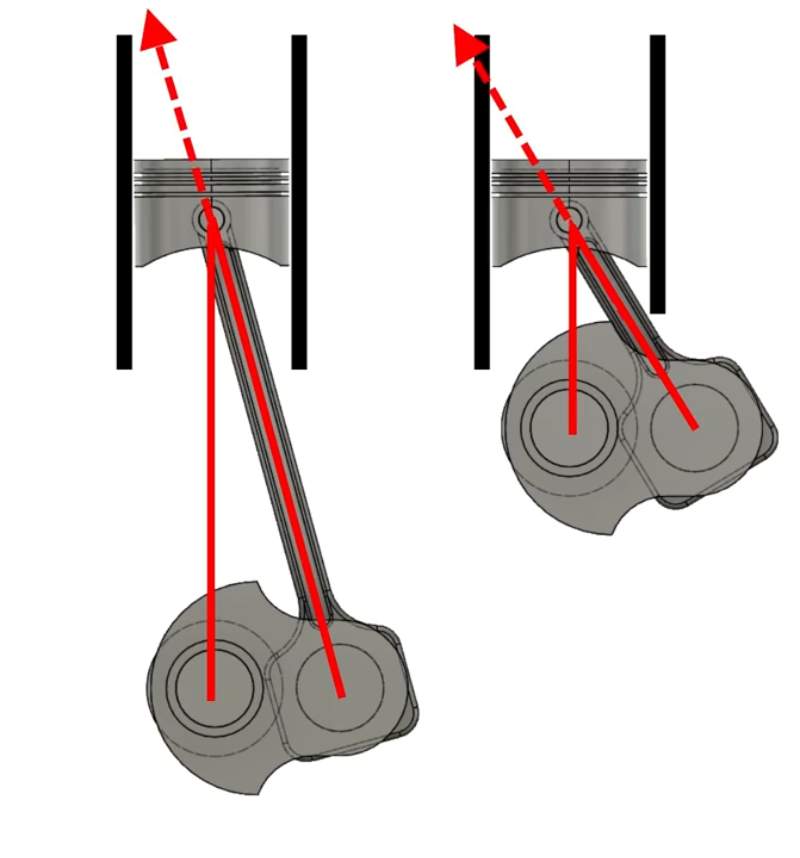
Lower rod ratios often imply a higher rod angle, which increases the risk of faster wear on the cylinder walls, piston rings, and the potential for higher temperatures in the cooling system due to the increased friction.
A low rod ratio can worsen engine vibration. Moreover, due to the extreme angle of the rod, a low gear ratio might cause a piston to smash against the cylinder wall.
Long Rod Length Pros
Longer rods are usually used to provide higher torque at high RPMs with the same piston force, and since they are less angular than shorter rods, they minimize sidewall loading and friction. All of this adds up to increased power.
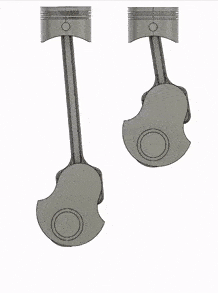
There are more “dwell” periods for the pistons when they are at the top and bottom dead center because of longer rods. Since the piston travels slower between upstrokes and downstrokes, the intake and exhaust gases flow is improved.
More dwell time means more time to fill the cylinders during input and more time to exhaust during overlap. Because the piston remains at or near TDC for a more extended period of time, the combustion stroke is able to give a more complete release of energy.
With a short stroke and a long rod, the piston accelerates more slowly from the TDC. This means that the entire bottom end endures less mechanical pressure.
Long Rod Length Cons
It takes longer for the intake ports to fill and empty the cylinders. This slow air suction is expected to have reduced torque at low RPMs.
Conclusion
Although most engine builders feel that longer rods are superior, some fans still like the low-rpm torque that shorter rods provide. Builders seeking a lower rod ratio than 1.6:1 should utilize the strongest aftermarket rods available.
With the rod angle creating additional stress, we recommend using aftermarket sleeves to relieve some of it.
Last but not least, here’s a video by driving 4 answers that explain in-depth the rod length and how it influences different points in an engine’s performance:

